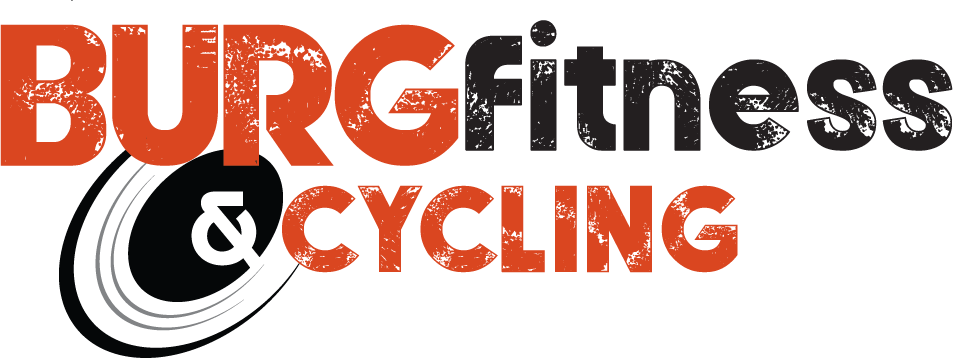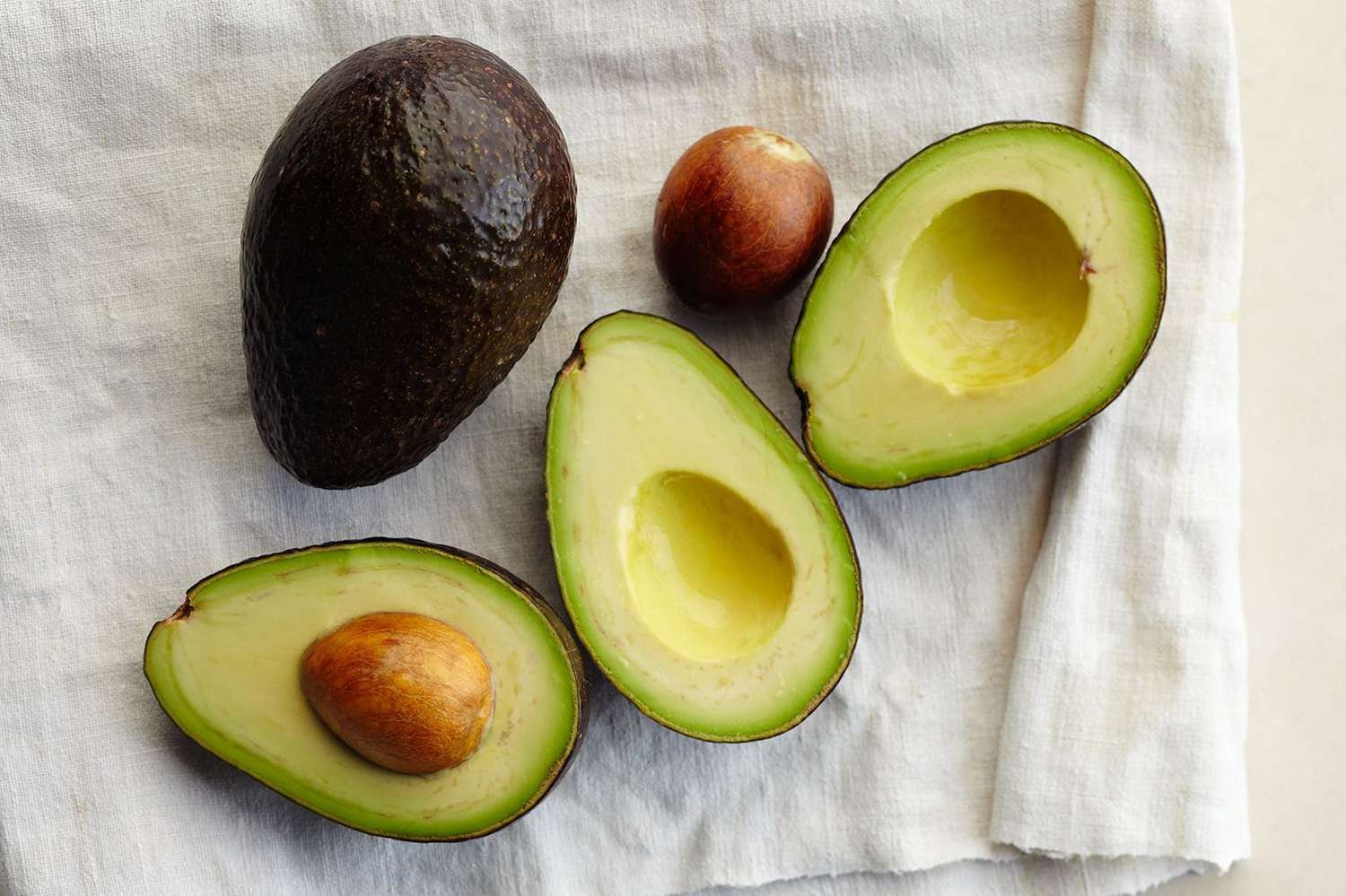What Are Good Fats? Which Ones Aren’t? Understanding Healthy Fats for a Balanced Diet
Have you ever wondered if all fats are created equal? With so much conflicting information out there, it's important to understand the difference between good and bad fats. In this blog post, we'll explore what makes a fat "good" or "bad" and how to incorporate healthier fats into your diet.
What are good fats?
Good fats, also known as unsaturated fatss, can provide numerous health benefits. These fats are typically liquid at room temperature and can be found in plant-based oils, nuts, seeds, and fish.
Monounsaturated fats can help reduce bad cholesterol levels and lower your risk of heart disease. Sources of monounsaturated fats include olive oil, avocados, and almonds.
Polyunsaturated fats, which include Omega-3 and Omega-6 fatty acids, are essential for brain function and cell growth. Omega-3s can be found in fatty fish like salmon, mackerel, and sardines, while Omega-6s can be found in vegetable oils, nuts, and seeds.
What are bad fats?
Bad fats, consisting of saturated and trans fats, can negatively impact your health. Saturated fats, found in red meat, butter, and full-fat dairy products, can raise your bad cholesterol levels and increase your risk of heart disease. Trans fats, which are found in some processed foods and baked goods, are even worse. They can raise bad cholesterol lower good cholesterol, and significantly increase the risk of heart disease.
How to incorporate more good fats into your diet: Now that you know the difference between good and bad fats, here are some tips for incorporating more healthy fats into your daily meals:
Choose healthier fat sources: Opt for plant-based oils like olive, canola, or avocado oil instead of butter or lard. Snack on nuts and seeds instead of processed chips or cookies.
Eat more fatty fish: Aim to eat at least two servings of fatty fish like salmon, mackerel, or sardines each week. These fish are rich in Omega-3 fatty acids, which can help lower your risk of heart disease.
Cook with good fats: Use olive or avocado oil when sautéing, roasting, or baking. These oils have higher smoke points and are less likely to break down and produce harmful compounds when heated.
Make simple food swaps: Replace mayonnaise with mashed avocado on sandwiches, or use Greek yogurt instead of sour cream for a healthier alternative.
bBe mindful of trans fats found in processed foods. Look for the words "partially hydrogenated" in the ingredients list, which indicate the presence of trans fats.
Understanding the difference between good and bad fats is crucial for maintaining a balanced diet and promoting overall health. By making small changes to your food choices and cooking techniques, you can easily incorporate more healthy fats into your daily meals. Remember, not all fats are created equal – choose wisely and nourish your body with the nutrients it needs to thrive.

